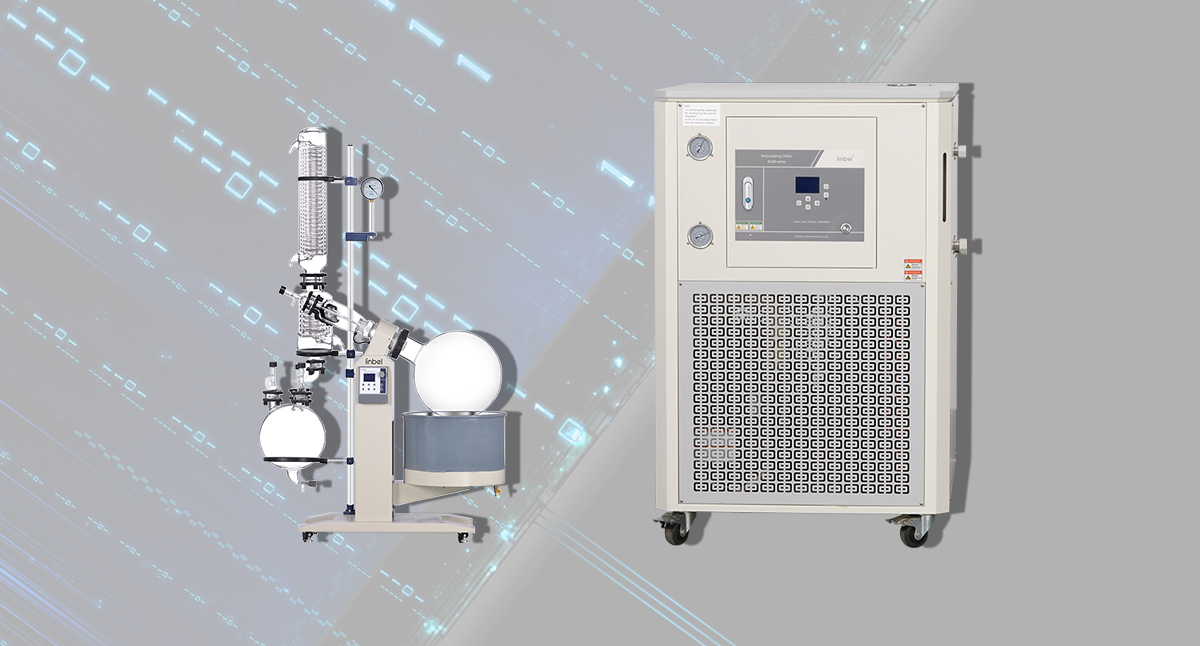Home > News > Product News > Guidelines for Safety Protection of Hazardous Chemical Equipment in High Temperature Weather Laboratories (Ⅱ)

Guidelines for Safety Protection of Hazardous Chemical Equipment in High Temperature Weather Laboratories:
Special management of rotary evaporator.
Prevent overheating accidents, ensure equipment lifespan, and focus on summer operation and maintenance.
Low temperature cooling circulator+rotary evaporator: 3-level overheat prevention strategy
First level protection: optimization of cooling medium
Low temperature refrigerant selection: switch to ethylene glycol aqueous solution (freezing point -25℃) in summer, and prohibit the use of pure water
Solution concentration detection: Measure the concentration monthly using a refractometer (recommended value of 20% ~ 30%) to prevent ice crystals from blocking the pipeline
Regular replacement cycle: Replace every 3 months during high temperature seasons to avoid organic solvents from mixing in and causing a decrease in boiling point
Secondary protection: maintenance of critical components
Compressor overheating prevention: Daily check the operating current (fluctuation value ≤ ±10%) and heat sink temperature (shutdown required if>65℃)
Evaporation cold trap efficiency: The cold trap temperature should be at least 20℃ lower than the boiling point of the solvent (e.g. ethanol extraction should be ≤-30℃)
Sealing component maintenance: Apply silicone oil (low temperature resistant type) to the rotating shaft sealing ring every month to prevent dry friction leakage
Third level protection: strengthened operational standards
Gradient cooling method: For high-temperature material processing, first turn on the circulation pump, and after 5 minutes, start the compressor and gradually adjust it to the target temperature
Explosion proof measures: Connect the rotary evaporator to the nitrogen protection system (oxygen content<5%), especially for the operation of ether solvents
Emergency shutdown process: In case of abnormal increase in circulating liquid temperature (>30℃), immediately execute: 1 Turn off the heating bath, 2 Stop the rotating motor, 3 Keep the cooling pump running for 20 minutes
This guide is applicable to scenarios such as pharmaceuticals, chemical engineering, and university research and development. Regular implementation can reduce the risk of equipment failure by 80% during high temperature seasons. It is recommended that laboratory administrators print and post it in the equipment operation area.